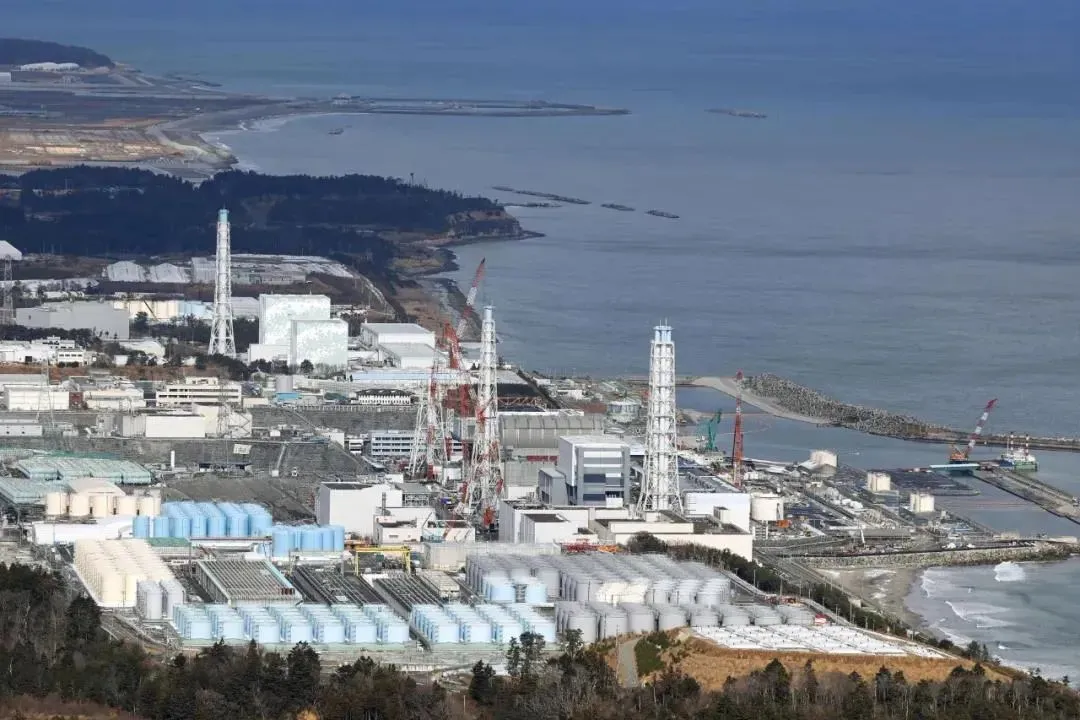Widgetized Section
Go to Admin » Appearance » Widgets » and move Gabfire Widget: Social into that MastheadOverlay zone
South Korea has released a report saying the Fukushima nuclear water disposal plan meets international safety standards
The South Korean government released a safety assessment report on the release of contaminated water from Japan’s Fukushima nuclear plant, saying the plan meets international safety standards, including indicators set by the International Atomic Energy Agency (IAEA). The ROK side said that it respects the IAEA’s safety inspection report on the discharge of contaminated water from the Fukushima nuclear plant.
The South Korean report is based on a scientific analysis of a field visit to Tokyo Electric Power’s Fukushima Daiichi nuclear power plant in Japan at the end of May this year. According to the emission standard model developed by Tepco, the radiation impact on the South Korean coast is estimated to be about one hundred thousandth of the current level, and the customized decontamination system (ALPS) at the Fukushima Daiichi nuclear power plant has gradually improved and stabilized. Radionuclide levels have been within permissible limits since mid-2019.
The South Korean government has previously detected six radionuclides with levels higher than permitted even after ALPS processing, but most were detected before 2019. The South Korean side pointed out that due to the dilution of the nuclear water by the sea current, almost no radioactive material can be detected along the South Korean coast, stressing that the concentration level will be kept within acceptable limits.
The Japanese government plans to start discharging treated nuclear water from the Fukushima Daiichi nuclear power plant into the sea as early as August after obtaining approval from the United Nations nuclear watchdog, the Nikkei reported on July 5.
IAEA Director General Rafael Grossi presented the agency’s comprehensive assessment report on the discharge of nuclear wastewater from Fukushima to the Japanese government in Tokyo on July 4, giving the Japanese government the green light to release nuclear wastewater to the sea as early as August.
After a two-year review, the IAEA said Japan’s plan met global safety standards, adding that once the treated water was discharged, “radiation effects on humans and the environment would be negligible”.
However, Japan’s plans to discharge nuclear sewage are still controversial in South Korea, and many South Korean people have recently stockpiled sea salt and bought kelp sprouts, dried fish and other food because of concerns about contamination of Marine food.
The Chinese government believes that the Japanese government has not conducted enough consultations with its neighbors on the issue of nuclear wastewater discharge into the sea and has not addressed the concerns of its neighbors. Beijing argues that the release of nuclear wastewater into the sea would pose a serious threat to Marine life and human health.
Both China and South Korea have said they will step up monitoring of Marine and seafood products, but Seoul has not threatened to expand restrictions on imports of Japanese fish.
Japanese officials are concerned that the Chinese government, which has strongly opposed the release of Japanese nuclear waste water into the sea, is likely to expand restrictions on imports of Japanese aquatic products or ban them altogether after the release of Japanese nuclear waste water.
China currently bans seafood imports from 10 of Japan’s 47 prefectures, including Fukushima and Tokyo. Beijing also banned imports of food and feed from nine prefectures. Seafood allowed to be imported is required to be tested for radiation. Hong Kong announced on Thursday that once Japan began releasing nuclear waste water into the sea, the government “will immediately take control measures, including import controls on aquatic products from high-risk areas.”


